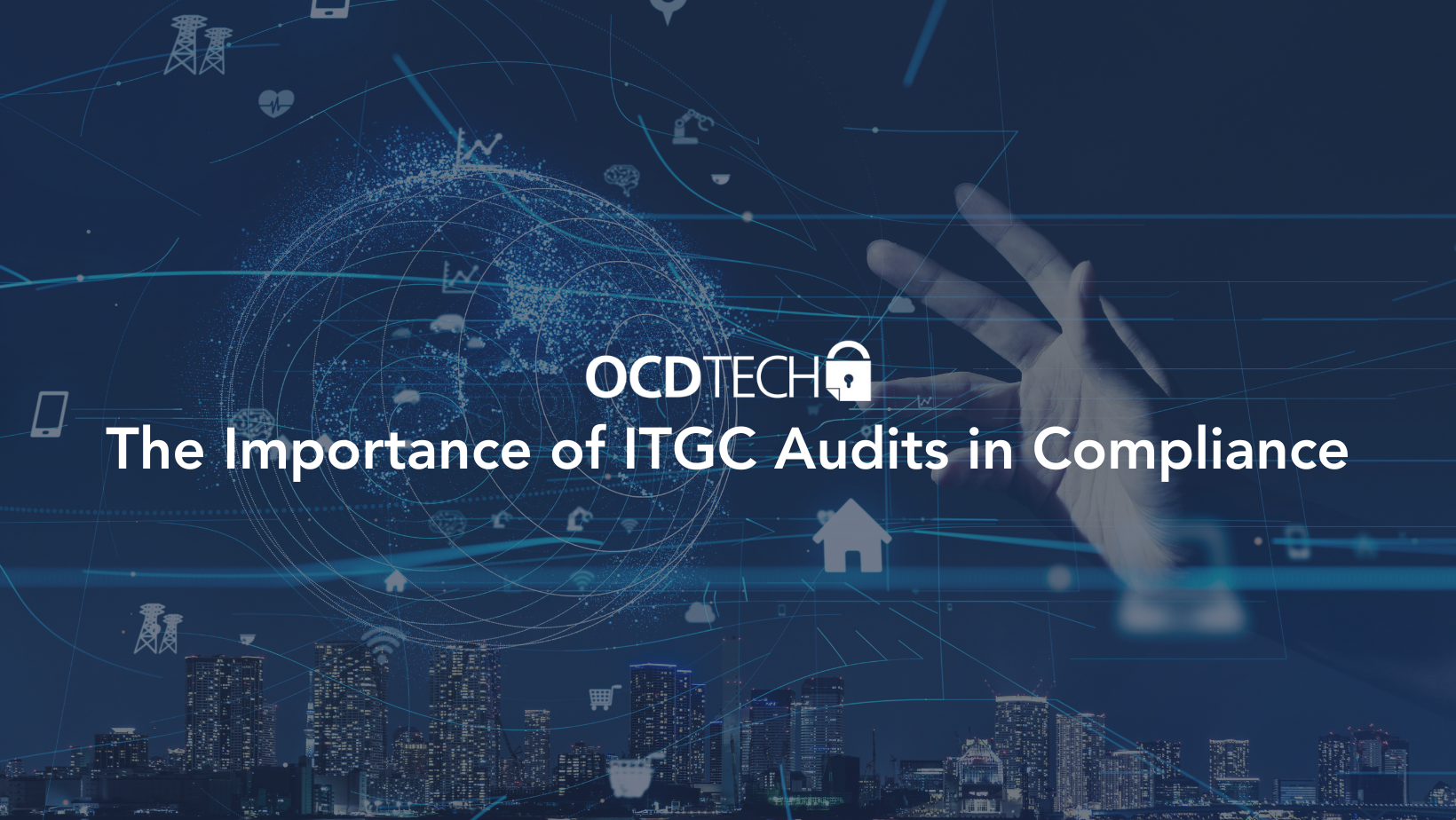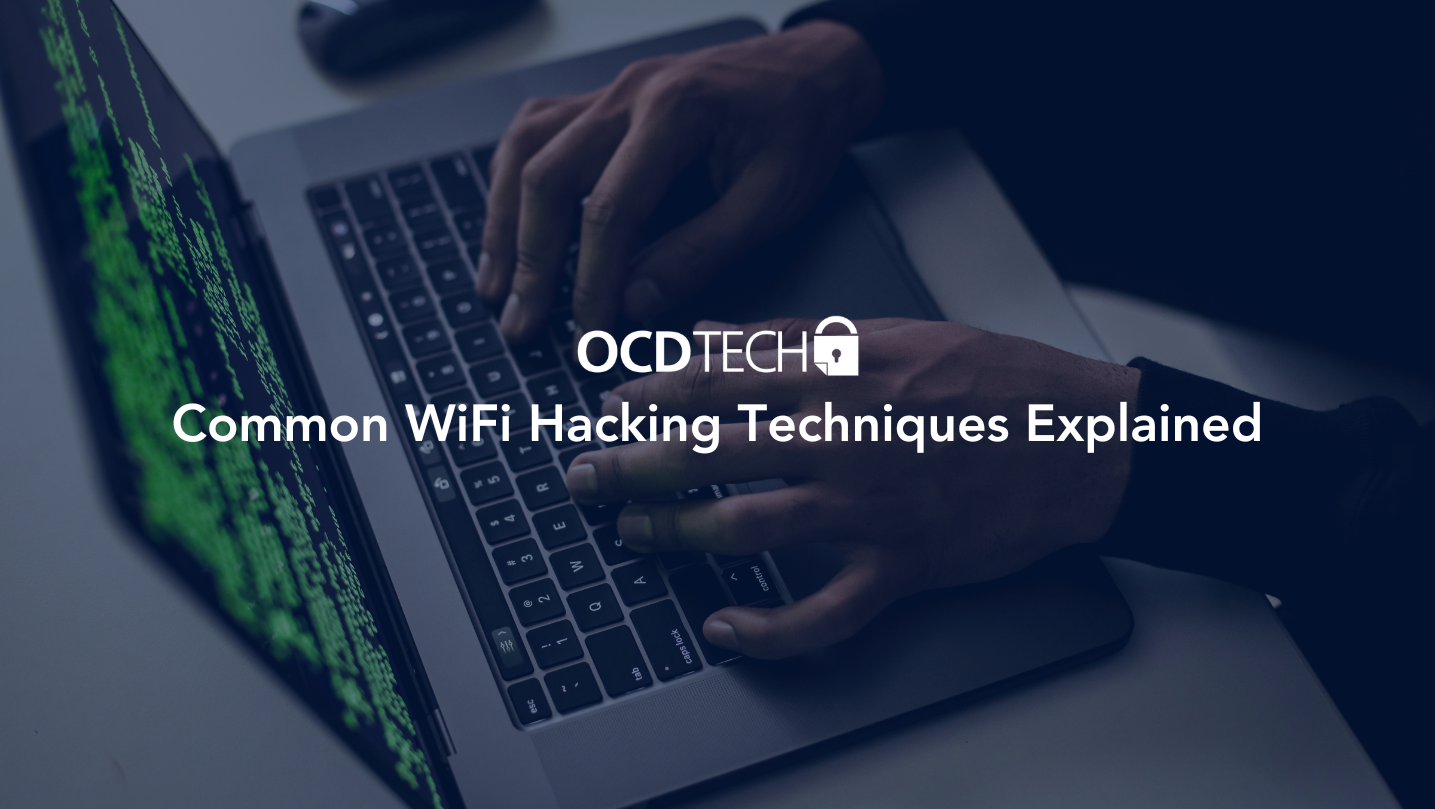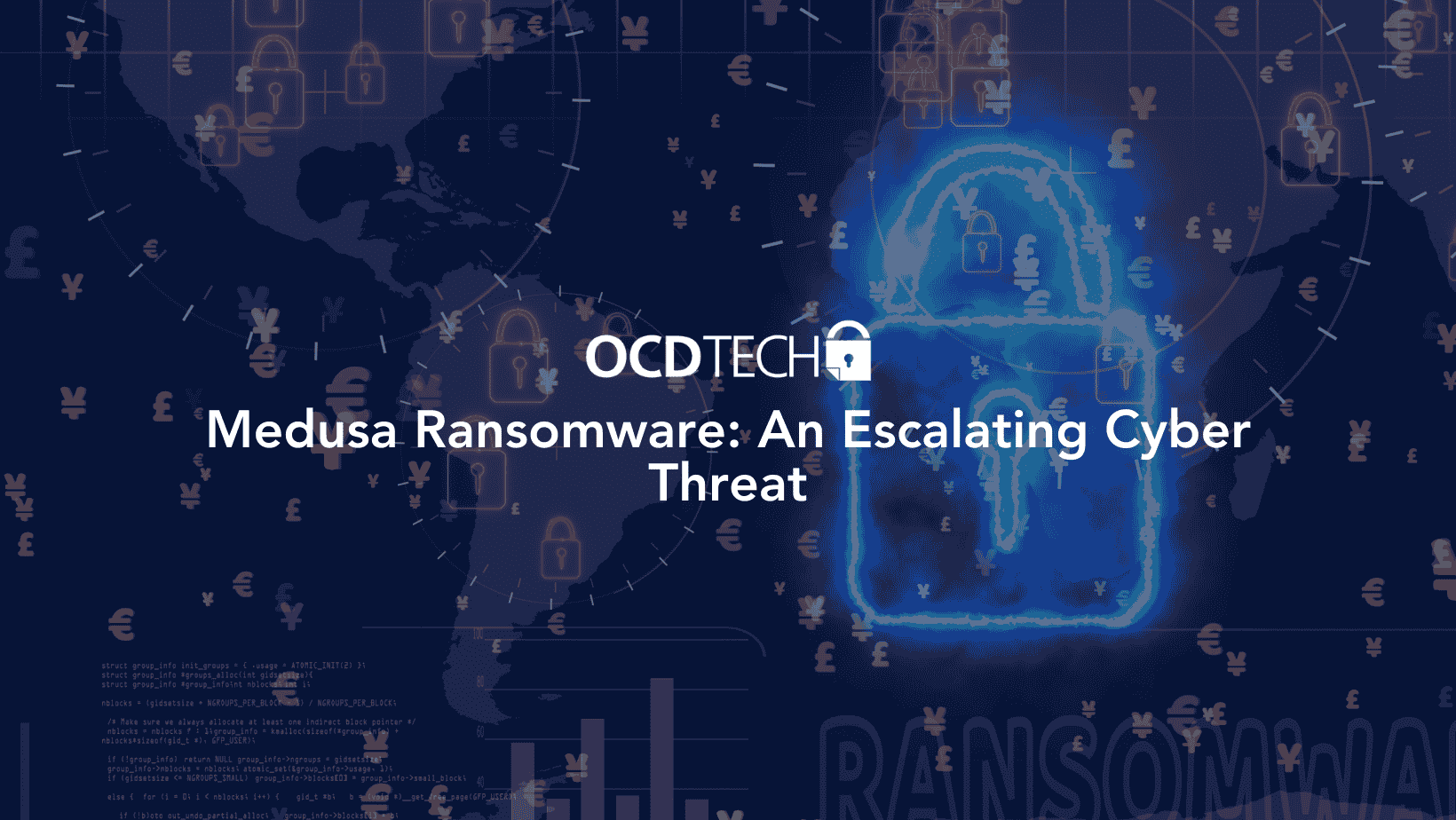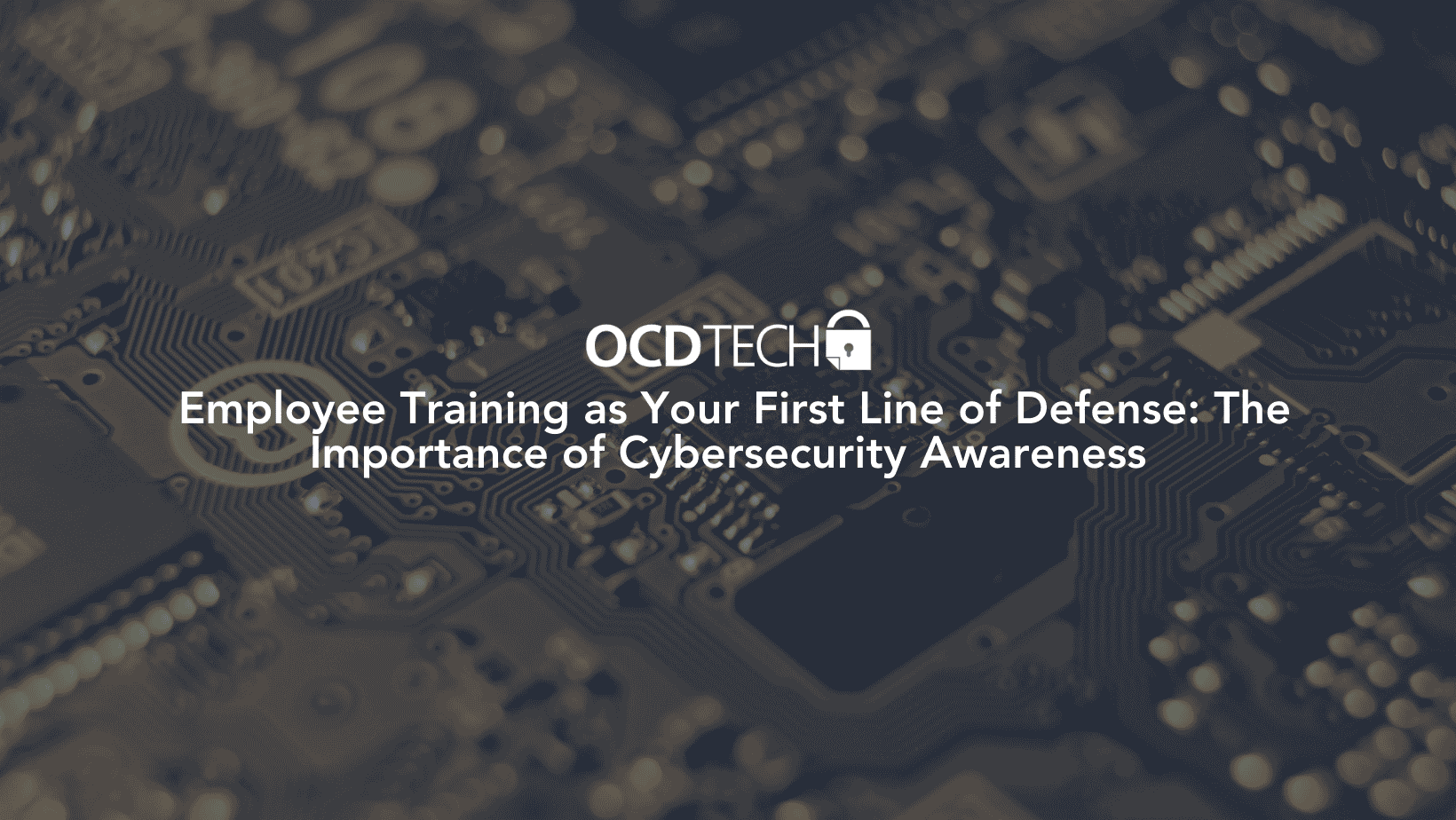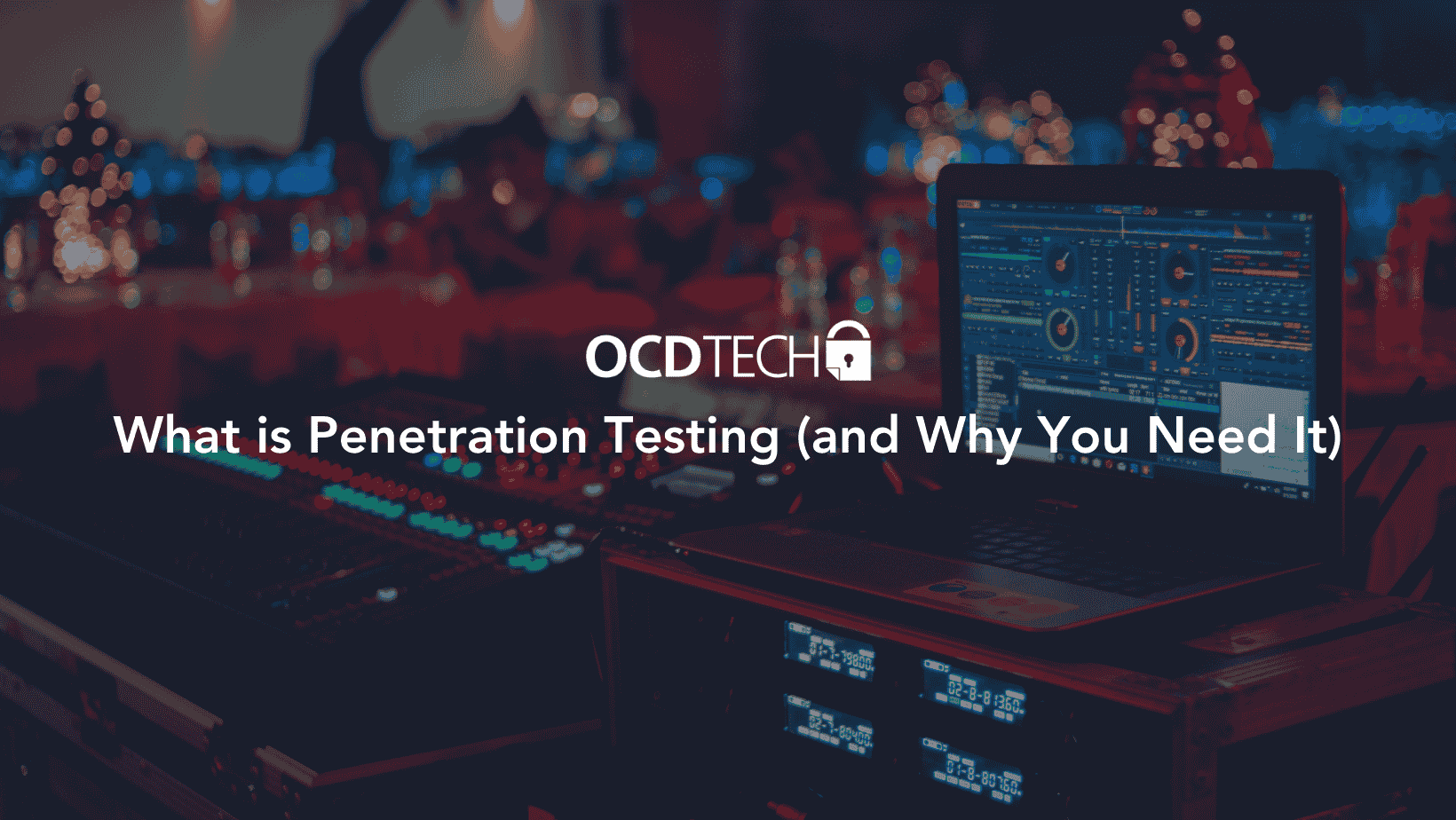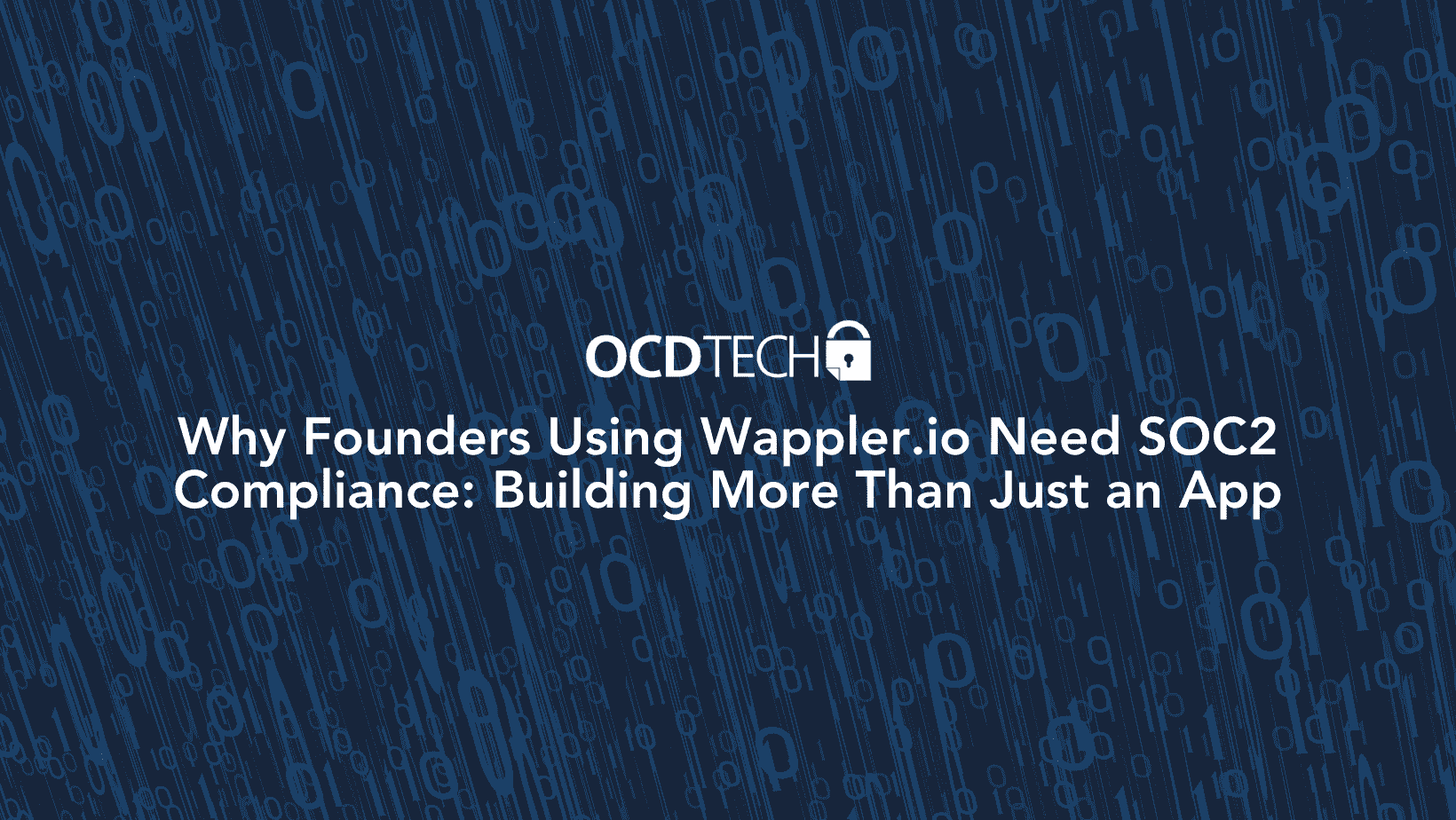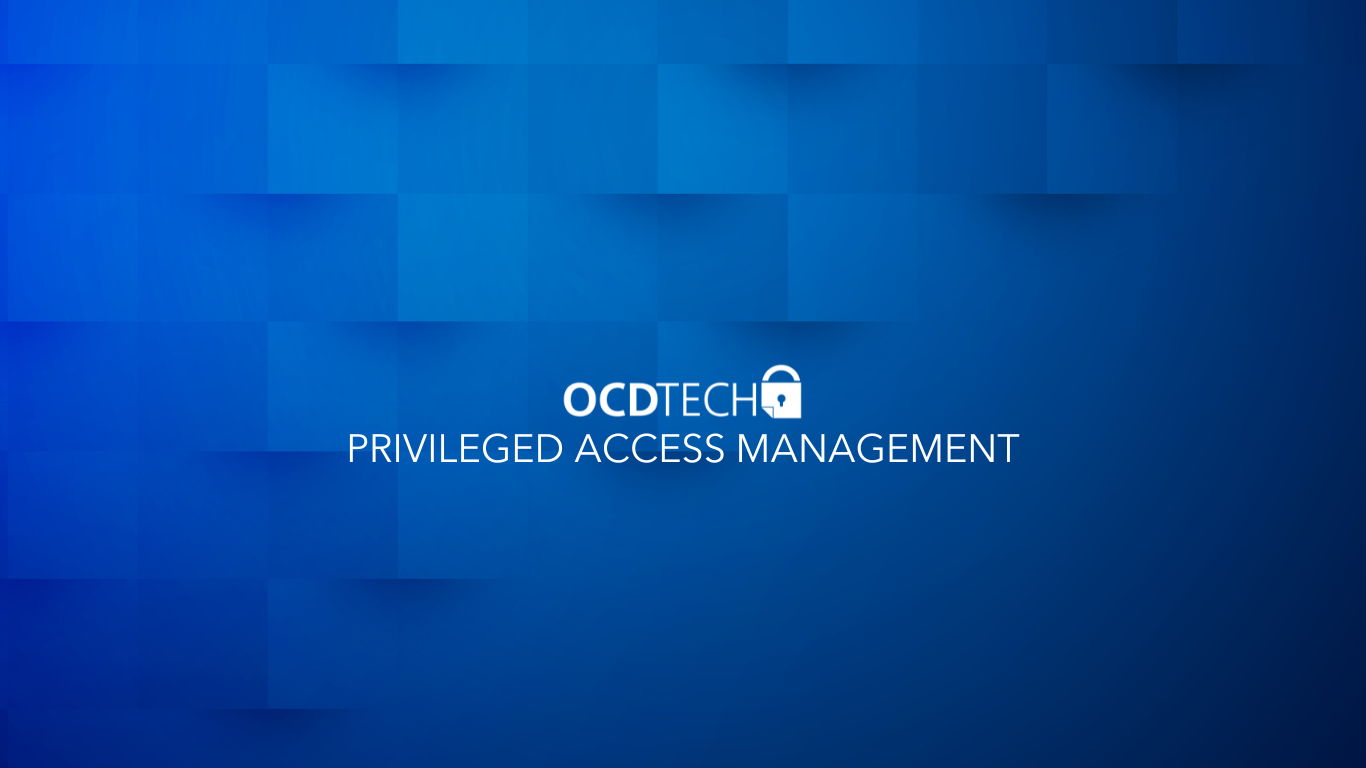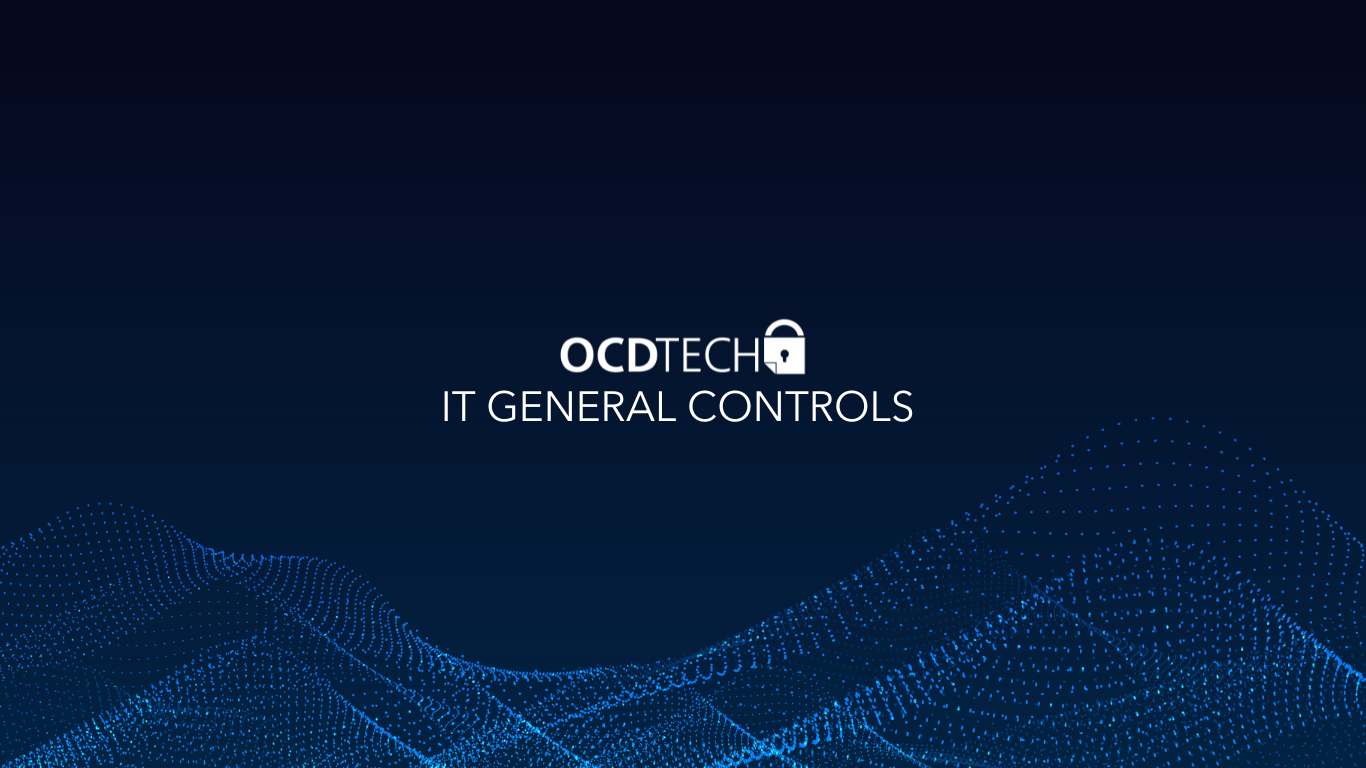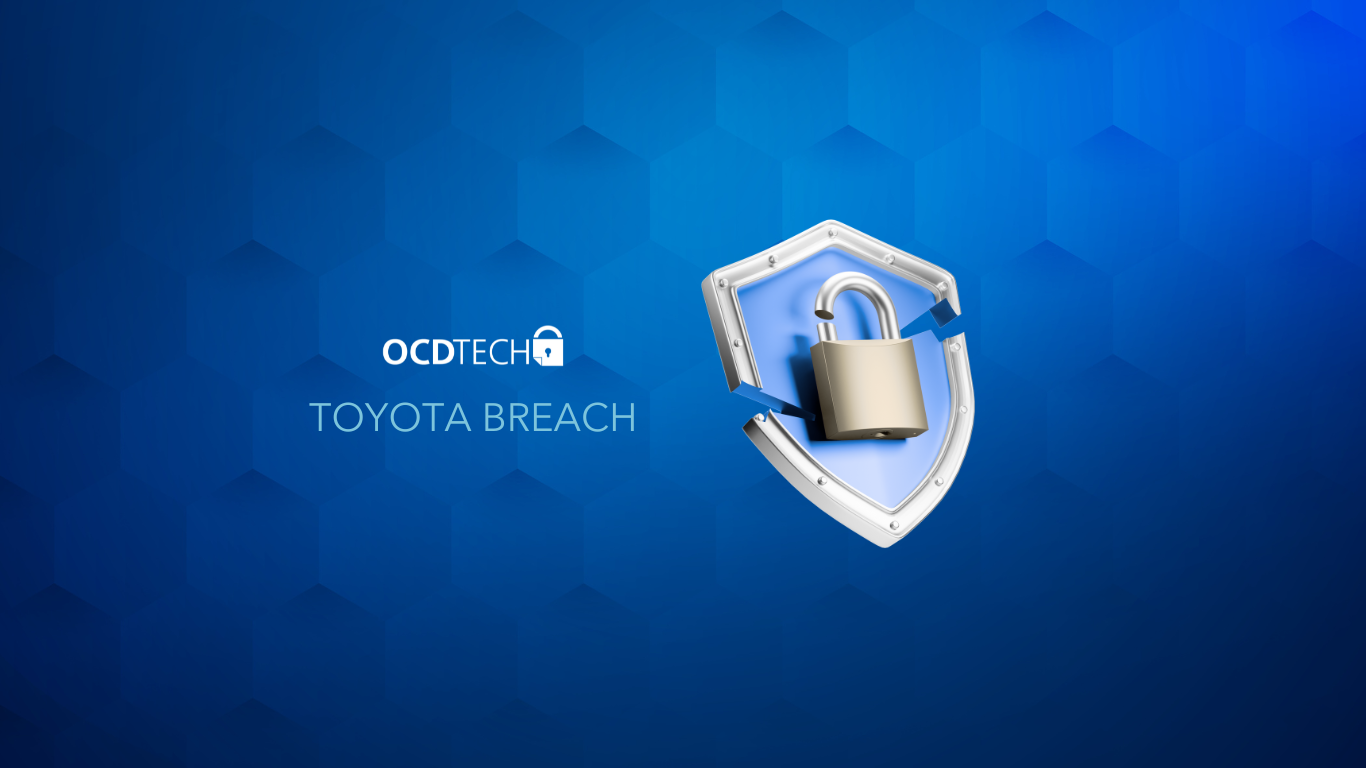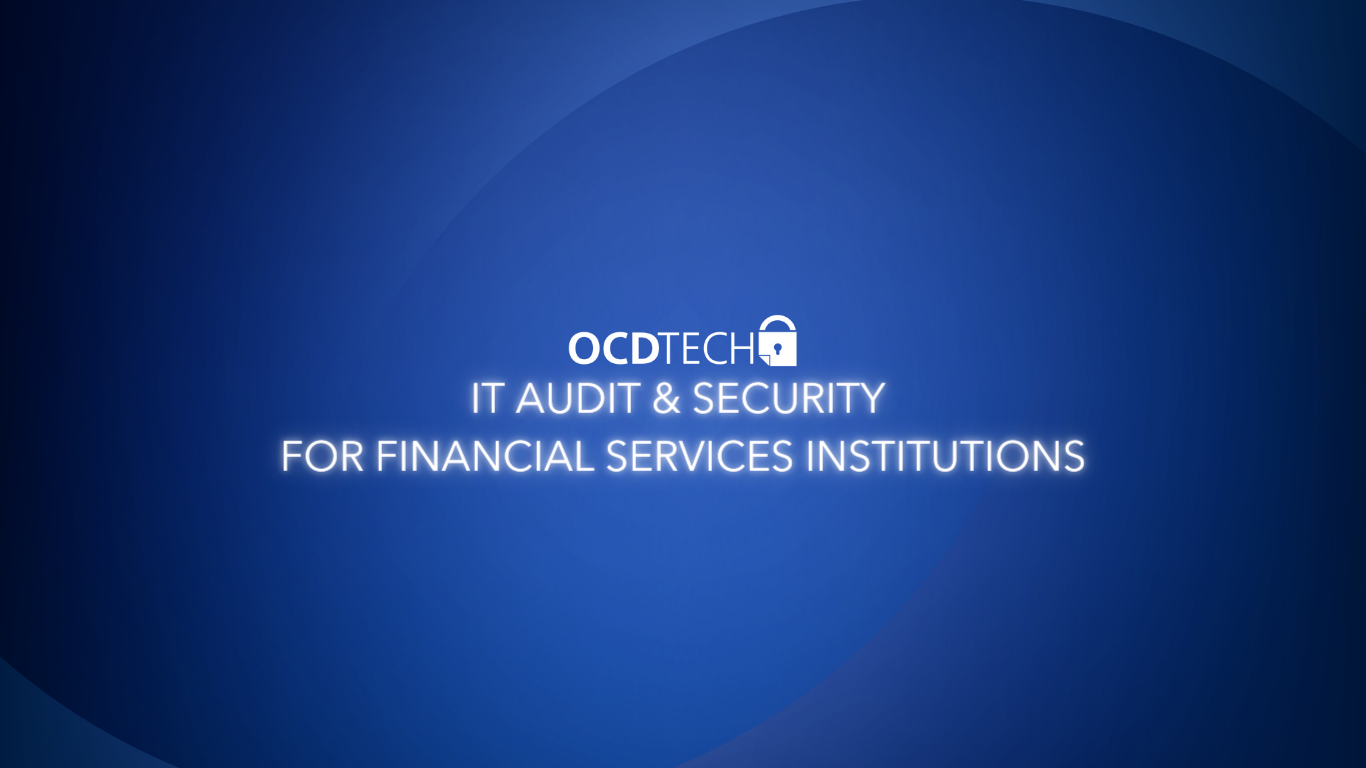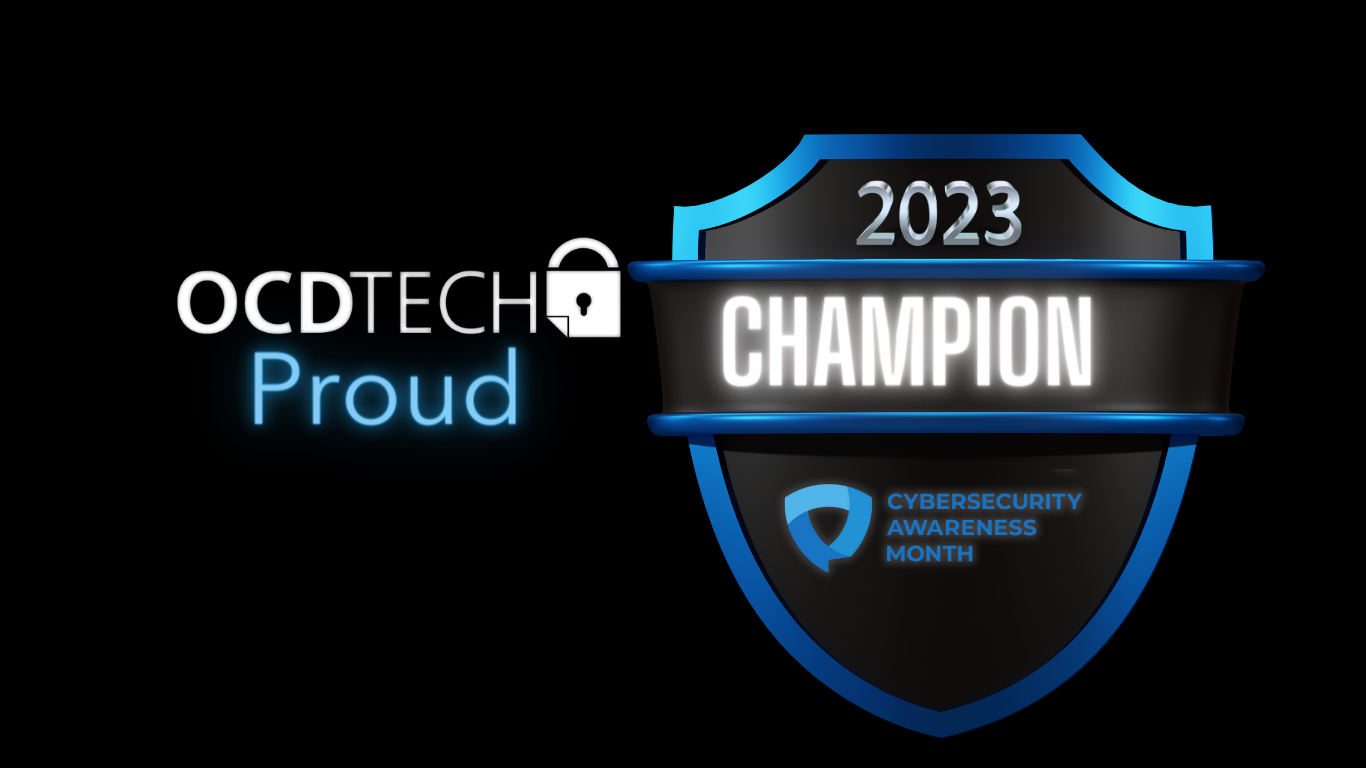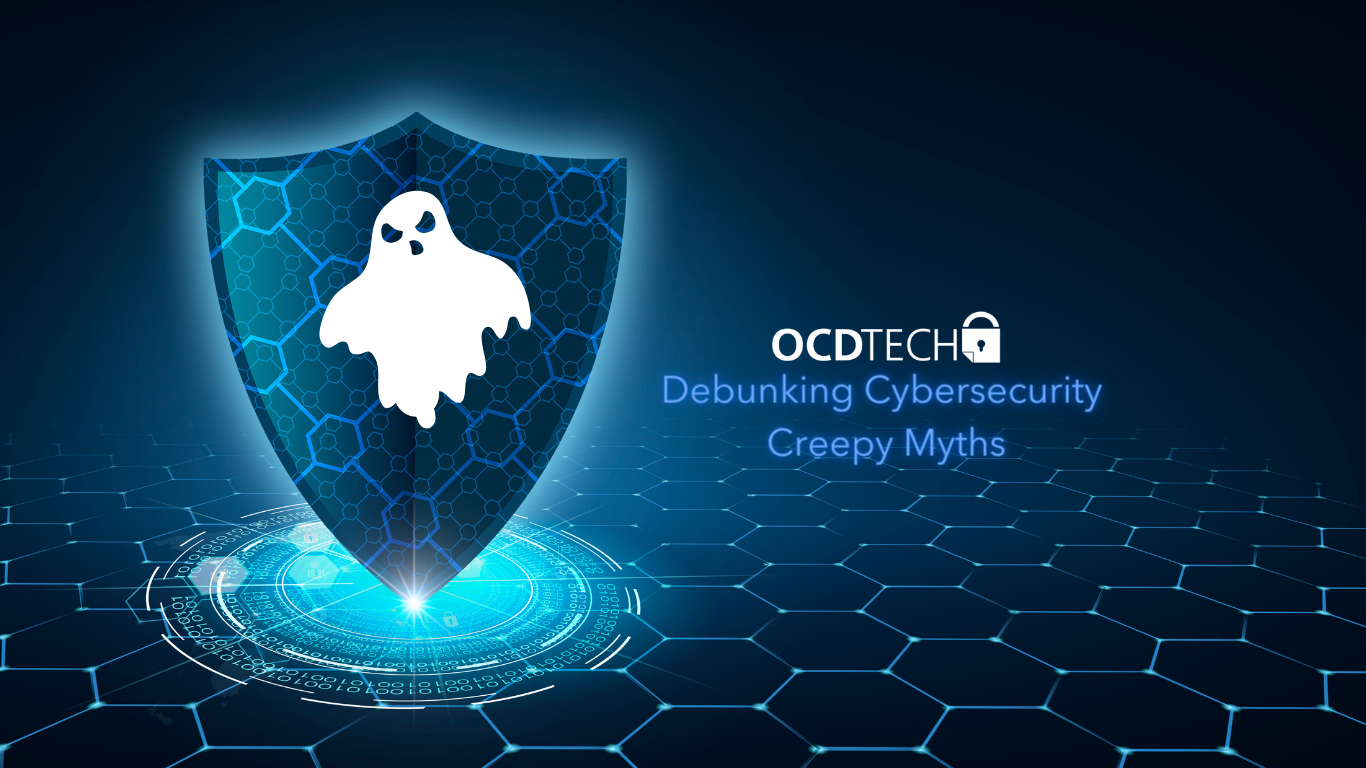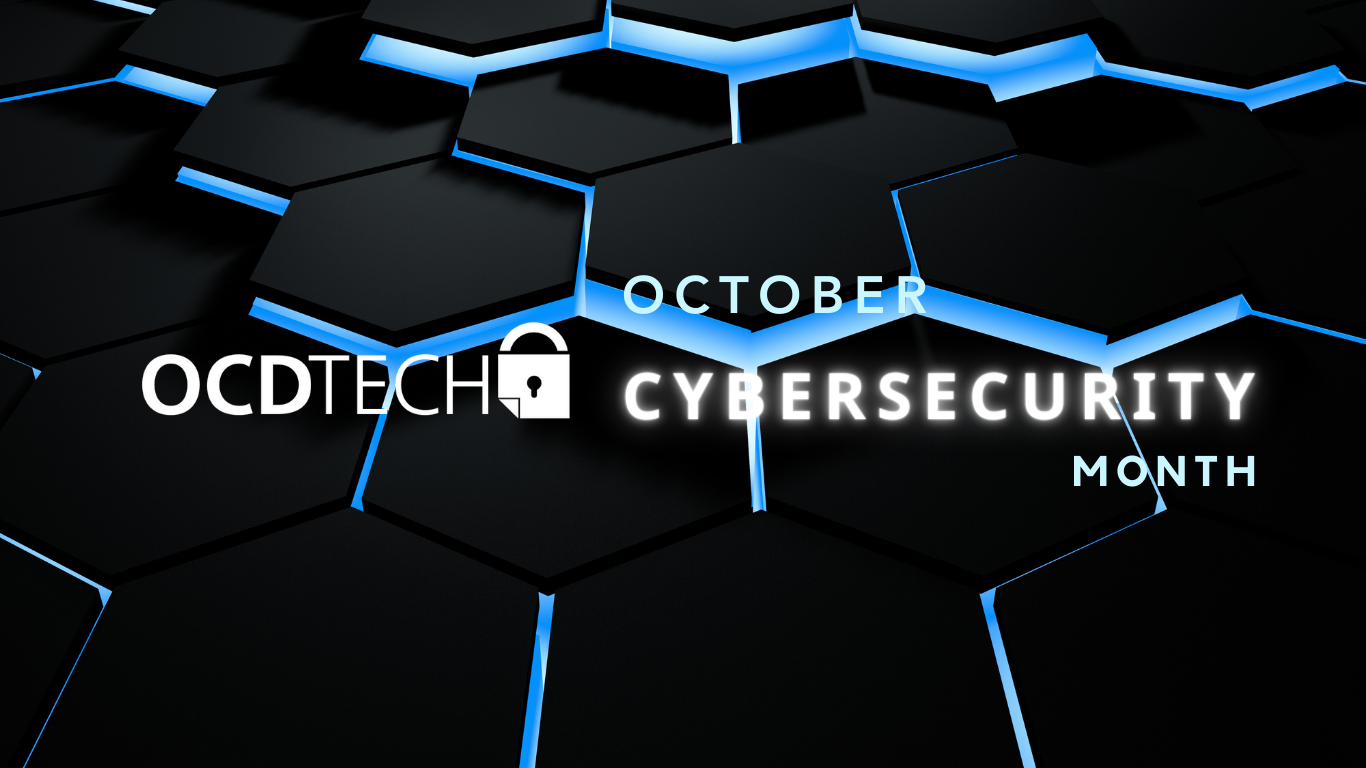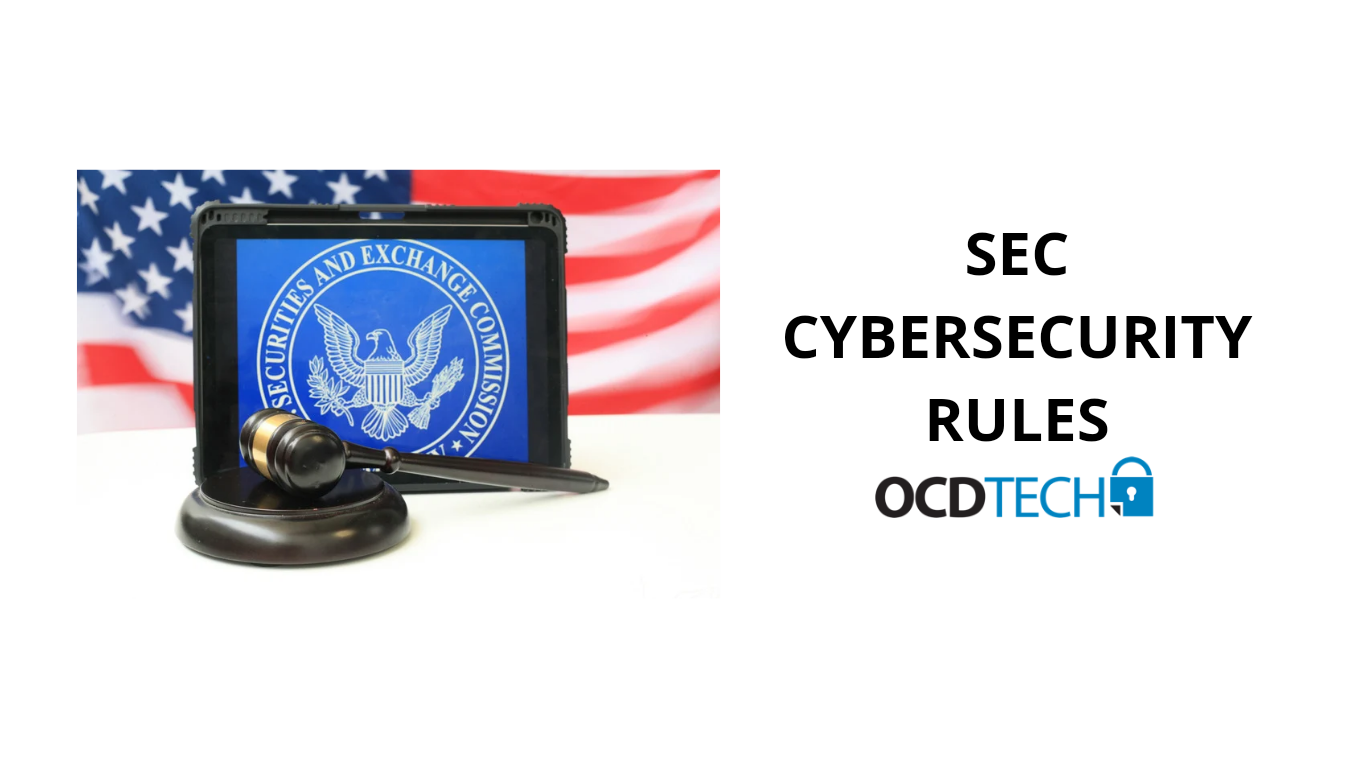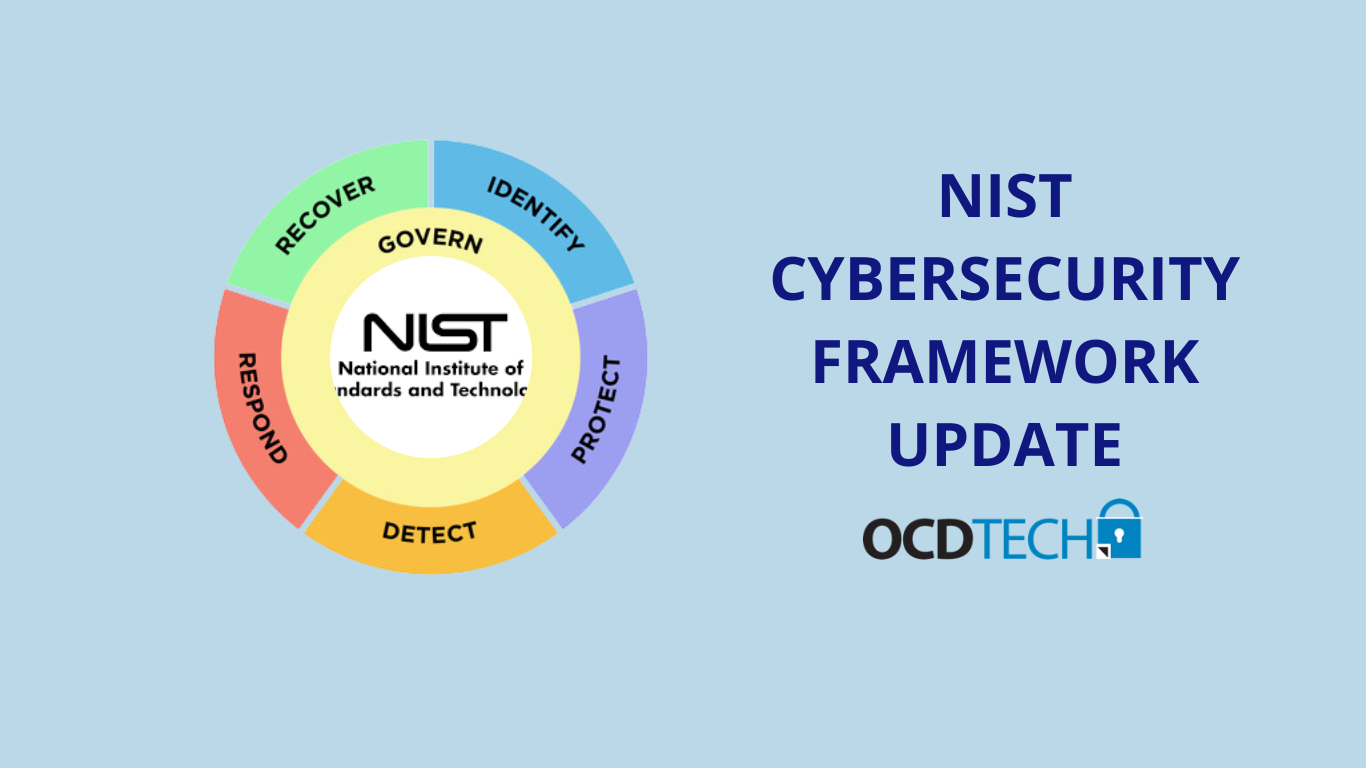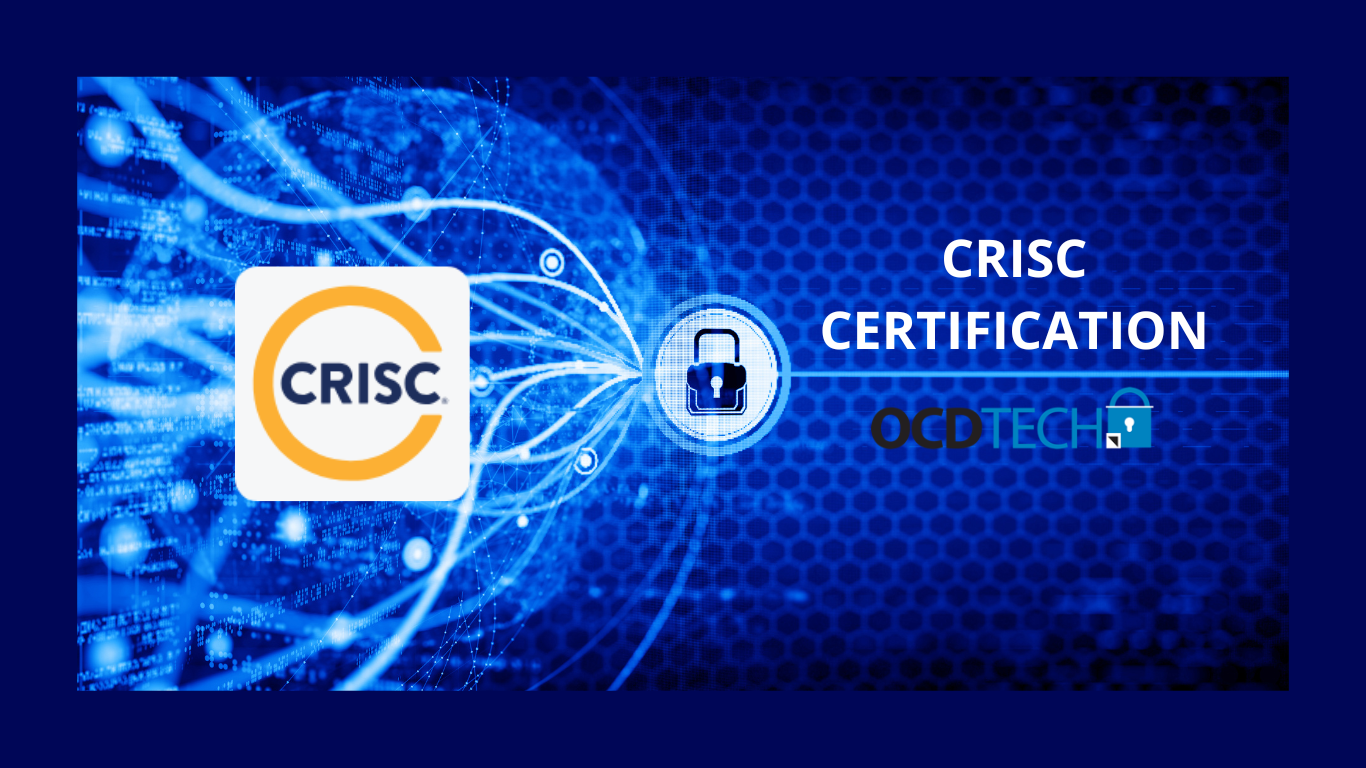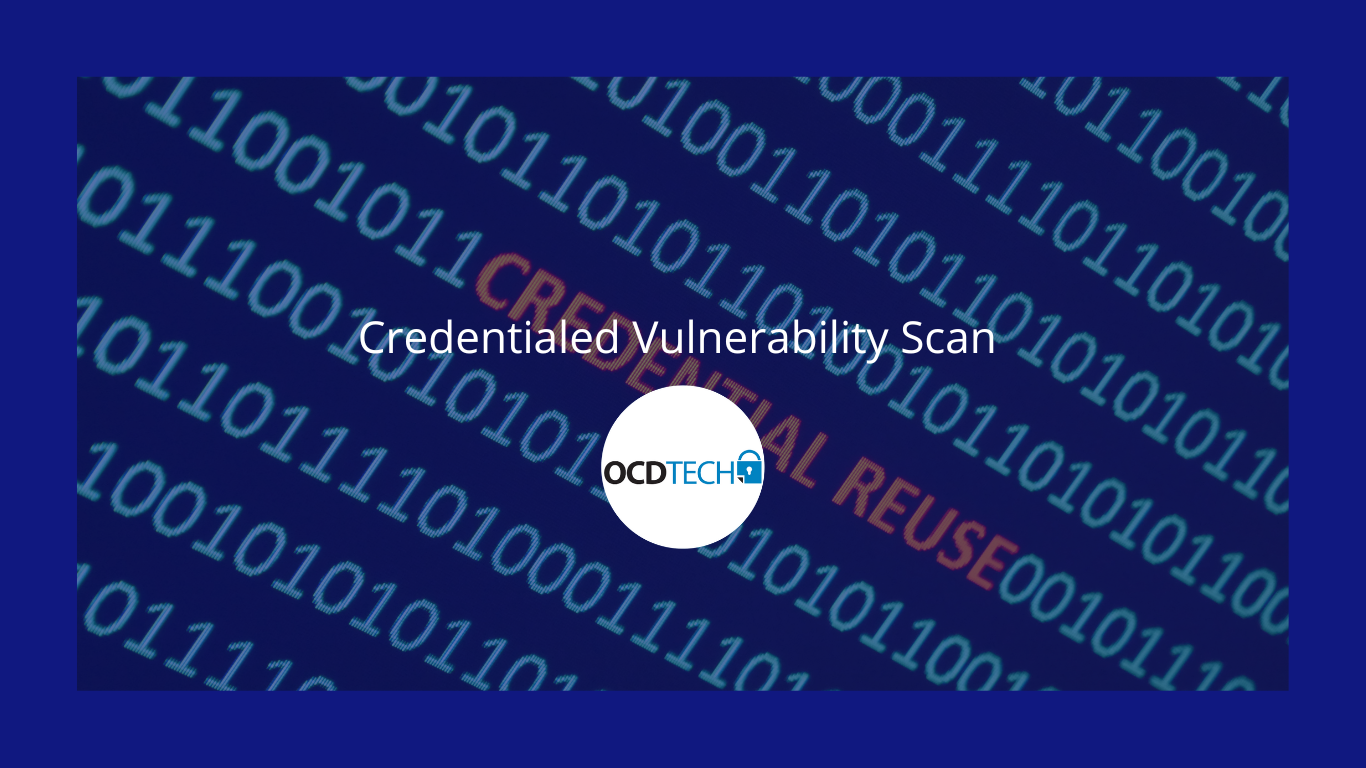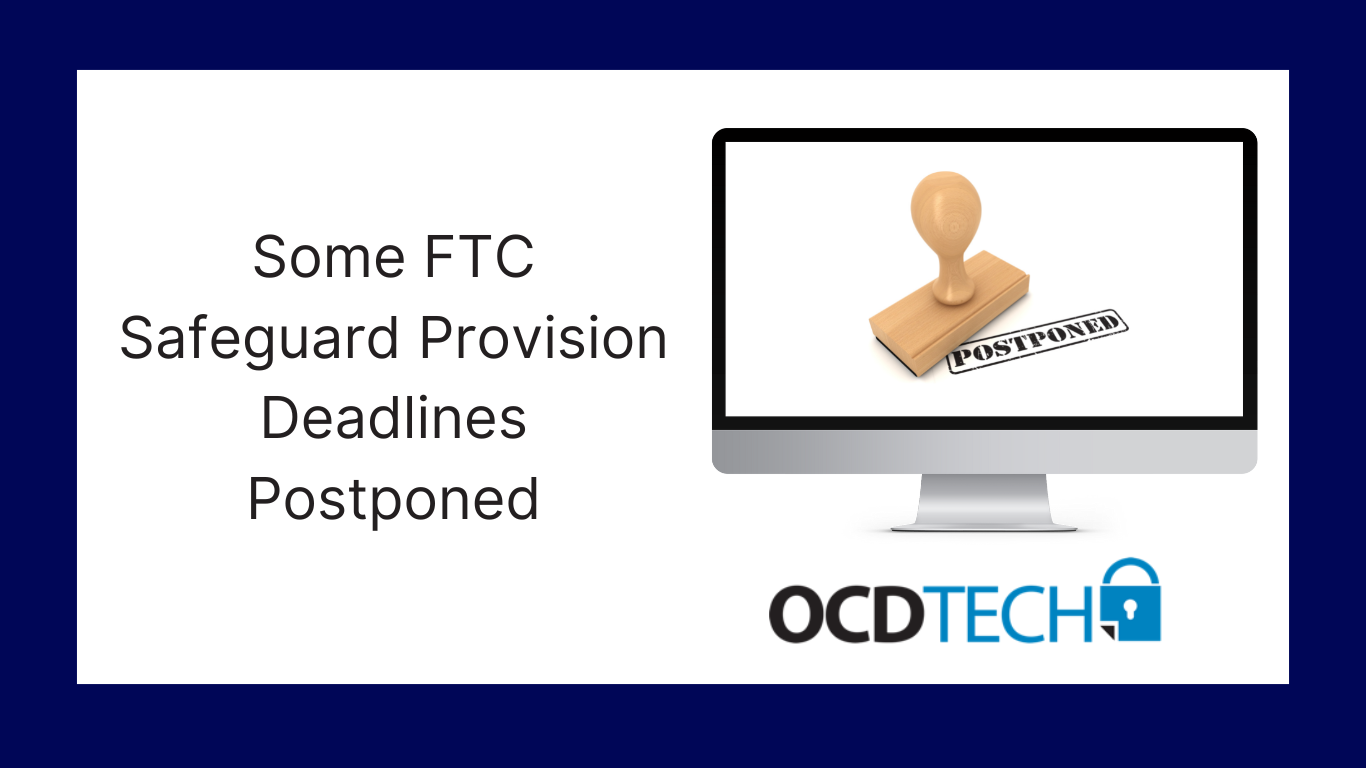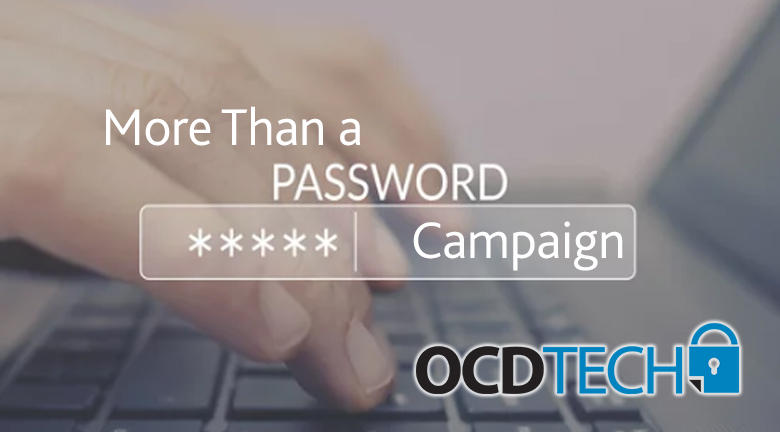Best Practices for IT Audits

IT audits have become indispensable for organizations seeking to maintain robust cybersecurity, ensure compliance, and optimize IT performance. Adhering to best practices is crucial for achieving successful audit outcomes. This guide delves into the essential steps and strategies for conducting effective IT audits.
Planning and Preparation
- Define Clear Objectives: Before diving in, establish well-defined audit objectives. What are you hoping to achieve? Are you focusing on specific risks, compliance requirements, or operational efficiency?
- Risk Assessment: Conduct a thorough risk assessment to identify and prioritize potential vulnerabilities and threats within your IT environment. This will guide your audit scope and focus.
- Resource Allocation: Assemble a skilled audit team with the necessary expertise and resources to execute the audit effectively. Consider both internal and external resources as needed.
- Communication: Establish clear communication channels with stakeholders throughout the audit process. This ensures transparency and alignment with organizational goals.
Audit Execution
- Evidence Collection: Employ rigorous evidence collection techniques, including interviews, document reviews, system scans, and data analysis. Ensure the evidence is sufficient, reliable, and relevant to your audit objectives.
- Control Testing: Test the effectiveness of existing IT controls, such as access controls, change management processes, and incident response procedures. Identify any weaknesses or gaps that need remediation.
- Documentation: Meticulously document all audit findings, including observations, recommendations, and supporting evidence. Clear and concise documentation is crucial for effective reporting.
Reporting and Follow-Up
Audit Report: Prepare a comprehensive audit report that summarizes your findings, conclusions, and recommendations. Ensure the report is clear, concise, and actionable for management.
Communication of Results: Present the audit report to relevant stakeholders, highlighting key risks and opportunities for improvement. Be prepared to answer questions and provide clarification.
Remediation and Follow-Up: Work with management to develop and implement remediation plans for any identified deficiencies. Establish a timeline for follow-up audits to assess the effectiveness of corrective actions.
By adhering to these best practices for IT Audits, you can elevate from mere compliance exercises to strategic tools for strengthening your organization's cybersecurity posture, ensuring regulatory compliance, and optimizing IT performance. Remember, a well-executed IT audit is an investment in the future security and success of your organization. Contact our team of experts for an IT Audit free consultation.





.svg)
.svg)
.svg)
.svg)
.svg)
.svg)
.svg)



